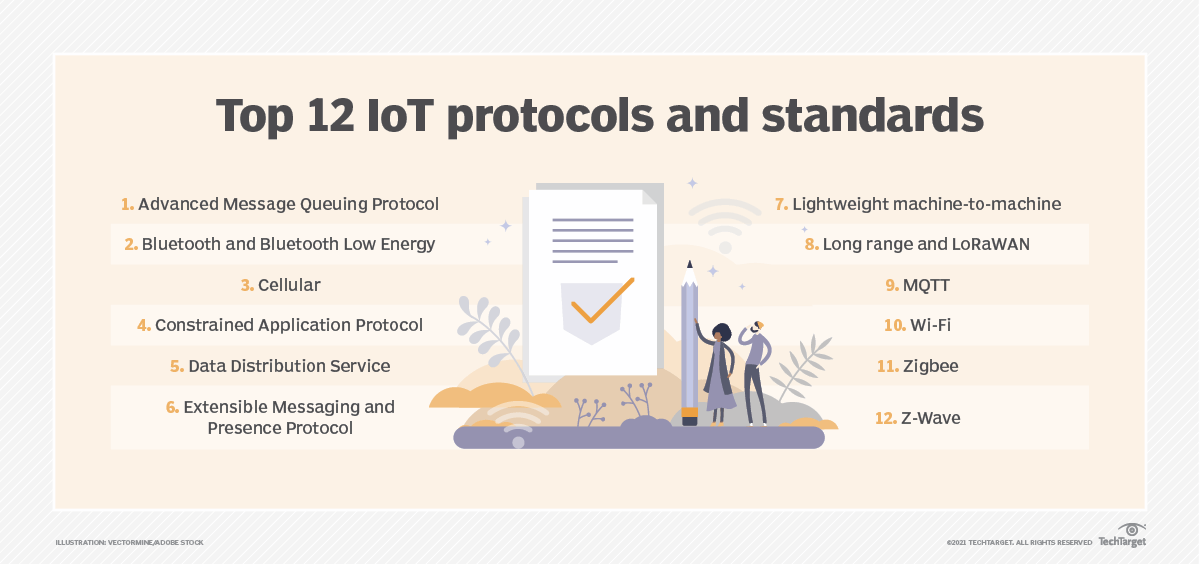Top 12 most commonly used IoT protocols and standards

The Internet of Things (IoT) has experienced rapid growth, with the number of IoT connections surpassing non-IoT connections for the first time in 2020. As IoT expands, the demand for robust communication protocols has increased, facilitating data transfer between connected devices and the cloud. IoT protocols are crucial because they ensure that data from IoT devices, such as sensors and controllers, is transmitted securely and efficiently through various layers of the IoT ecosystem. These protocols enable device-to-device, device-to-gateway, and device-to-cloud communications, each tailored to specific use cases and environments.
Different IoT protocols cater to specific requirements, such as power consumption, range, and the types of devices being used. For example, protocols like Bluetooth and Bluetooth Low Energy (BLE) are ideal for short-range communication in personal area networks, while cellular networks such as 4G/LTE and 5G are suitable for IoT applications requiring long-range communication and high data throughput. Other protocols like MQTT and CoAP are used for efficient communication in low-bandwidth and constrained environments, making them suitable for sensors and devices with limited resources. Each protocol has its own strengths and limitations, making it essential to choose the right one based on the specific needs of the deployment.
The most commonly used IoT protocols include
- AMQP
- Bluetooth and BLE
- Cellular
- CoAP
- DDS
- LoRa and LoRaWAN
- LWM2M
- MQTT
- Wi-Fi
- XMPP
- Zigbee
- Z-Wave.
These protocols enable communication across various layers of IoT architecture, from the physical layer to the application layer. Each protocol has distinct features suited to different use cases, from real-time data transmission in industrial applications to low-power, short-range communication for consumer devices. The choice of protocol depends on factors such as device power needs, communication range, environmental conditions, and security requirements, ensuring efficient and secure IoT deployments.
source: https://www.techtarget.com/iotagenda/tip/Top-12-most-commonly-used-IoT-protocols-and-standards